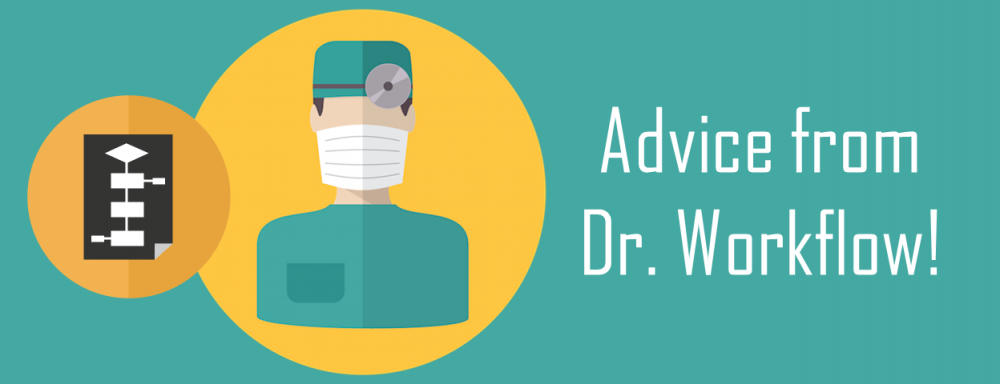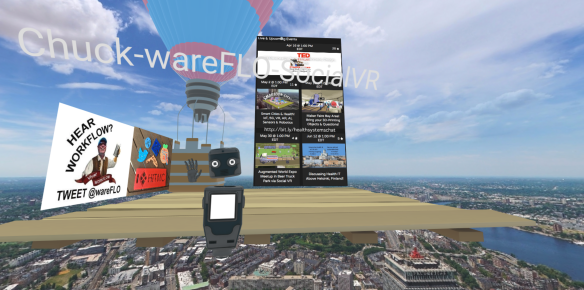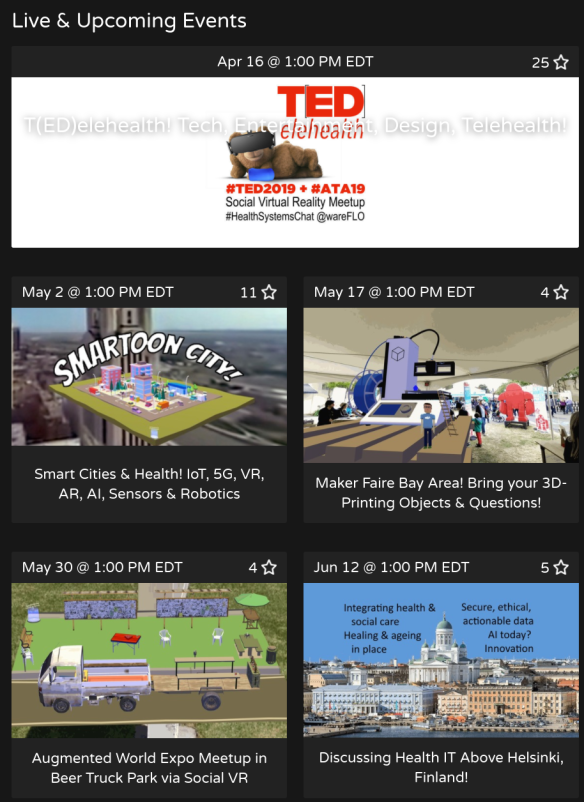Originally posted on OnPage Blog…
“Without workflow in healthcare, data is just a bottleneck!”
In the weeks leading up to HIMSS I have been trying to get a pulse on the themes that will be driving the conversation at the Conference. One of the themes I have heard discussed at length is the concept of improving workflow in healthcare. Workflow extends itself to many aspects of medicine. However, the facet that interested me most is why healthcare has started to focus on this theme that has been prevalent in many other fields for decades?
Indeed, workflow has also been a topic that we have discussed at several points in our own discussion of healthcare and IT topics. Given this overlap between the workflow conversation at HIMSS17 and writings on our blog, I decided to reach out to Dr. Charles Webster who is one of the HIMSS17 Social Media Ambassadors.
Charles is a bit of a Renaissance man with degrees in accountancy, computational linguistics, industrial engineering, artificial intelligence and medicine. He calls himself Dr. Workflow. He writes his blog at wareflo.com and lectures and teaches on improving workflows in healthcare.
The excerpts below represent a summary of our conversation.
Q: How did you get interested in the field of workflow?
I started off studying pre-med and accounting when I went to college. So, I got degrees in accountancy. I also got degrees in industrial engineering, artificial intelligence and medicine. if you look at the intersection of all this, it’s health IT and clinical decision support and workflow. I guess that makes me Dr. Workflow.
Q: Was it immediately apparent to you when you studied medicine that the field needed an improvement in workflow?
Yes.
But, I didn’t set out to be a workflow expert. When I was going for a PhD in Health Systems Engineering, my advisor who had a PhD in applied math and did studies on improving healthcare, bemoaned that none of the doctors she worked with took her seriously. She recommended that I get an MD. So, I went to the University of Chicago Medical School. While in medical school, I got to see the workflows of the various fields: dermatology, psychiatry, etc. And after medical school, I worked at a hospital for a few years in MIS and then for an EHR vendor where I worked in general medicine. So I got a very good view of how medicine flows and its needs for improvement.
I think my background in industrial engineering is what glued it all together. With that background, I was able to effectively analyze the inefficiencies in medicine.
Almost 6-7 yrs ago, I saw the workflow industry and healthcare IT industry increasingly overlap and I saw the opportunity to bring to healthcare what I had done for one EHR (electronic health record) client. At HIMSS and in all my social media and blogs. I am trying to emphasize the importance of workflow in healthcare.
Q: How much are doctors thinking about workflow?
Like medicine, workflow also has its Triple Aims:
- Educate healthcare about workflow. Tools do not equal workflow; they just help achieve workflow.
- Find success stories in workflow.
- Bring individuals from outside of health IT into health IT with interesting ideas and products about workflow. These are the individuals who are helping doctors think about workflow.
Everywhere I go at healthcare conferences, everyone in the halls is talking about workflow. They ask ‘how are you doing your workflow’?
Now, when I look at websites of companies attending HIMSS, they are all talking about workflow. Doctors are thinking about workflow. It has just taken a while.
Q: How do you see the impact of workflow in healthcare?
In 2011, there was virtually no mention of workflow in HIMSS exhibitor websites. Now 1/3 to 1/2 of websites mention workflow integration. The growth of EHR accounts for much of the growth in workflow technology and discussion from 2011 to today. In 2011, the rush towards EHR started but without a workflow to manage the barrage of data, healthcare hit the wall. The only way to go forward was to embrace a paradigm shift which focuses on workflow.
Data is fighting the workflow war. Health IT is 50% data + 50% workflow. Data isn’t a panacea. It needs workflow.
Q: Why is healthcare behind IT in adoption of workflow technologies?
Health IT is about ½ generation behind other IT verticals. This is because health IT has been so large for so long and reimbursed in cost plus fashion. There was no competitive pressure. Health IT presented such a large economy and it didn’t have much contact with the rest of IT. As such, it had little competitive pressure to influence it.
Q: Outside of healthcare, where else do you see workflow’s importance?
Indeed we see workflow tech showing up everywhere. It’s in DevOps. It’s in SecOps.
Devops is all about using orchestration technology to model processes such as deployment to cloud. SecOps is all about applying orchestration technology to cybersecurity – before, during, and after security incidents – for example, when an incident happens, we can push out patches, take off permissions and use post-mortems
DevOps and SecOps demonstrate an evolution of architectures. They are taking workflow out of individual applications and sharing it among applications.
Conclusion
We will continue to bring you other interviews from thought leaders at HIMSS in the days leading up to the HIMSS Conference. Sign up to meet with us at HIMSS.
To learn more about OnPage’s workflow integrations and technology, contact us or visit us at HIMSS17 at booth 343.
You can tweet to Charles at @wareFLO or visit him at booth 7785, the very first HIMSS conference makerspace, during HIMSS17.






